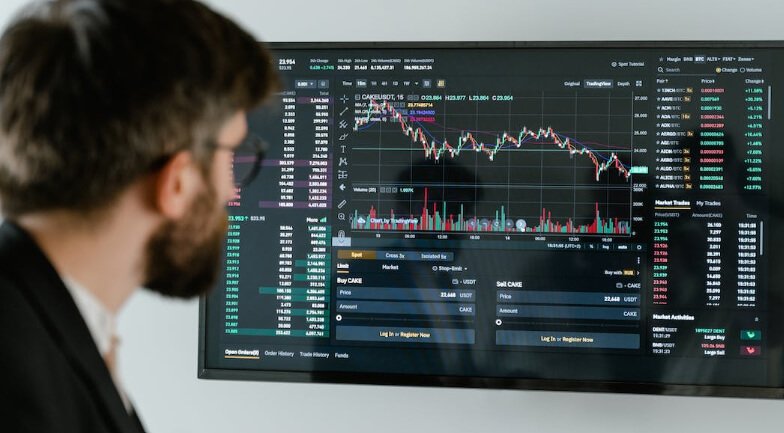The FX trading market is an international marketplace wherein trading currencies take place. It is the most liquid and largest market in the world. Transactions in the fx market are conducted 24 hours daily for 5 days weekly. The market is composed of banks, central banks, commercial companies, hedge funds, investment management firms, as well as retail investors.
Different Types of FX Trading Market
Foreign exchange fx trading is a type of market that trades international currencies. The market is decentralized, with no central exchange or clearing house. This market determines the foreign exchange rate, including every bit of aspect of buying, selling, as well as exchanging currencies given a determined or current price. When it comes to trading volume, the fx trading market is by far the largest in the world, followed by the credit market. The following are the different types of fx trading markets.
- Spot Market
The spot market is one of the different types of foreign exchange trading markets. The spot market can be used for currencies, but it is more commonly used for other assets, such as gold and oil. It can also be used for financial instruments, such as stocks, bonds, and foreign exchange (FOREX). The spot market is different from the futures market, which is another type of foreign exchange market. In the futures market, foreign currencies are traded for delivery at a later date.
- Forward Market
In the foreign exchange market, there are different types of trading markets. One of them is the forward market. The forward market is an agreement between two parties to buy or sell an asset at a specified future date and price. The forward market is different from the spot market, which is the market for the immediate delivery of currencies. The forward market is used to hedge against currency risk or to take a view of the future direction of the exchange rate.
- Futures Market
A futures market is a central financial exchange where people can trade standardized futures contracts. Futures markets are used for commodities, energy, precious metals, and other assets. The prices of these contracts are based on supply and demand fundamentals. The main types of participants in the futures market are hedgers, speculators, and arbitrageurs.

What Moves the Forex Market?
When it comes to the foreign exchange market, or forex, there are a number of things that can move the market. These include economic indicators, central bank policy, geopolitical events, and even natural disasters.
Some of the most important economic indicators that move the forex market are inflation, gross domestic product (GDP), and employment data. Central bank policy can also have a big impact on currency values. For example, if the US Federal Reserve raises interest rates, that will usually cause the US dollar to strengthen against other currencies.
The importance of knowing about the fx market is that it is highly volatile, and sometimes it can increase or decrease. So, it is important to be aware of the fx market to know its current trend.


